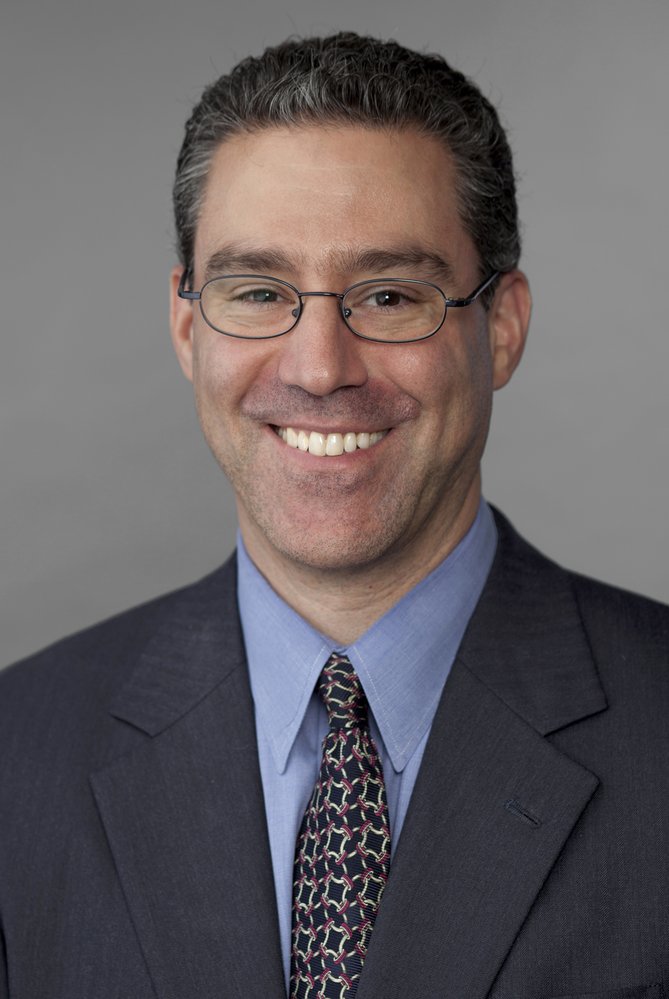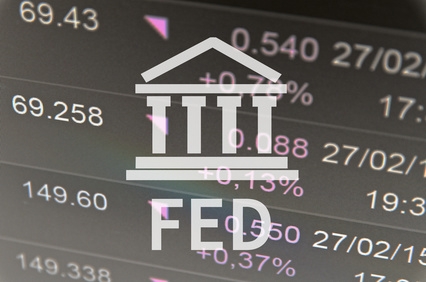Now that the US Federal Reserve has raised interest rates for the first time in nine years, investors want to know how this rate-hiking cycle might proceed and, more important, how markets will react. But searching past rate-hiking cycles for clues this time is like looking for your lost keys under a streetlight rather than in the dark, where you probably dropped them.
It’s easy to see why investors would search somewhere familiar and convenient — but it’s still likely the wrong place to look. Fed tightening cycles over the past 30 or so years not a good guide to what lies ahead. This time, the circumstances facing the Fed are far too different to rely on past economic cycles for any comfortable frame of reference.
Tightening amid historically low growth and inflation
Perhaps the biggest difference between this economic cycle and those past is that the Fed has just initiated a rate-hiking cycle while both real growth and inflation are very low. Historically, year-over-year nominal GDP growth rates have been above 5% at the beginning of a tightening cycle. Today, nominal growth stands at 3%. During past hiking cycles, CPI headline inflation has typically been around 3%, with core personal consumption expenditures (PCE) inflation usually above 2% — well above the current levels. Rate hikes generally come amid periods of rising corporate profits, not during an earnings recession such as the one we’re seeing now.
In another indication of how different this cycle is from any other, the Fed has now achieved liftoff amid a collapse in commodity prices, the primary catalyst for the drop in earnings. On the manufacturing side, this is the first time in 30 years that the central bank has started a tightening cycle while the Institute for Supply Management (ISM) manufacturing index has been below the breakeven level of 50, as it is now.
And while the global backdrop has generally supported the case for past rate-hiking periods, that’s clearly not the case at present. Growth and inflationary pressures remain sluggish in both the developed and developing world, so it’s no surprise that much of the globe is maintaining or enhancing monetary accommodation. Expectations of a tightening Fed have fueled robust US dollar gains, which run counter to a rate-hiking mentality, as these act to tighten US financial conditions. Indeed, if US rates had been a couple of hundred basis points higher, rather than brushing up against zero, we might have seen a rate cut rather than a hike.
Moreover, when was the last time the Fed raised rates after having been on hold – at zero – for seven years or with a $4.5 trillion balance sheet or when domestic and global debt burdens were this high and the global demographic profile was this unfavorable? The answer, of course, is never. This is the first time. So why are we so enamored with looking to the past for lessons? Perhaps because it is easier, but we would be better off looking at this episode as its own unique moment instead of applying the wisdom contained in dusty economic history books.
To be sure, large swaths of the US economy are performing well, highlighted by the robust service sector, strong vehicle sales and healthy income generation from a firm labor market. But what is markedly different here are the many areas of the domestic and global economy that are performing uncharacteristically poorly or are facing significant challenges as we progress with Fed tightening.
One direction?
What does all this mean for rate hikes that follow this one? A very different path. The terminal rate will likely be much lower than it has been in the past – nowhere near the average 600-basis-point rise in the federal funds rate we’ve seen since 1970. The likely outcome is lower for longer, with the front end of the yield curve rising with policy rates but the long end likely not moving very much. Will the Fed be able to tighten all the way into 2019, as it now projects? That seems doubtful, given that this business cycle is already seven years old.
We also see a risk in the Fed heading up one path while the rest of the world staggers down another. As a cautionary note, we recall that the European Central Bank and the central banks of Canada, Australia, New Zealand, Sweden and Norway all raised rates earlier in this cycle, only to lower them again before too long. Given the weak global outlook, the Fed may end up doing the same.
Now that the FOMC has met, we know when rate hikes will begin. But if we expect this knowledge to shed some light on the rate-hiking cycle further out, we could be in the dark for quite some time.
Author:
Erik Weisman, Ph.D., Chief Economist & Fixed Income Portfolio Manager, MFS Investment Management.



